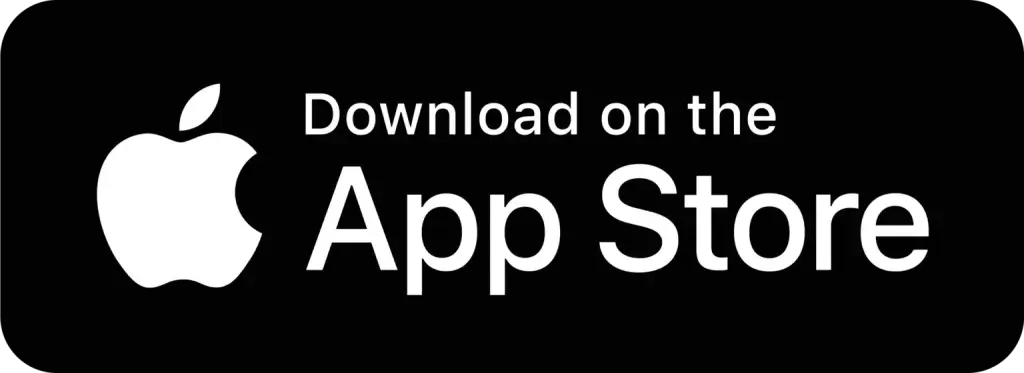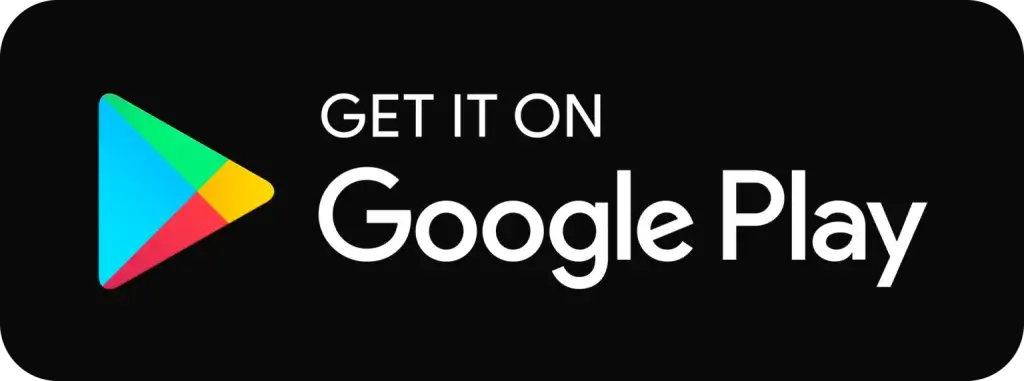How Social Search Is Changing Brand Discovery in 2025
More people are searching on TikTok, Pinterest, and YouTube than ever before, and not just for entertainment. They’re looking for answers.
In 2025, there was a 71% increase since Q4 2021, in the number of people using TikTok to discover and follow brands and products.*. Gen Z leads the shift: 46% of Gen Z and 35% of Millennials now turn to social media rather than traditional search engines when looking for information.*
Today’s users want straight to the point answers, and they’re finding them from the people they already follow. With every quick tip or honest review, influencers are becoming the first stop in how people search, explore, and make decisions online.
What started as a brand awareness tool is now a key driver of product discovery. This is the future of search, and a turning point for how influencer marketing works.

What Is Social Search?
Social search is what happens when someone skips the search engine and goes straight to social media platforms like TikTok, or Pinterest to find the answer.
Rather than reading a long product description on a website or scrolling through a blog post, they’ll search:
- “Best sunscreens for oily skin” on TikTok
- “What to wear to a vacation in Italy” on Pinterest
- “Best drugstore concealers” on TikTok
- “Desk setup under $100” on YouTube
And the results? Quick tips. Real people. Visual walk-throughs.
👉🏻 That’s social search. It’s fast, relatable, and driven by authentic content.
Why It’s Growing So Fast
A few things are contributing to the rapid shift from traditional search engines to social-first discovery:
People trust creators more than brands.
Consumers value real opinions from real people. A Nielsen study reports that 92% of users trust peer recommendations over brand messaging. Influencers hold significant influence in shaping purchase decisions.
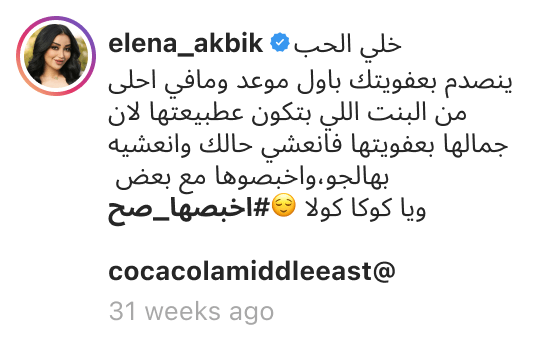
Short-form video gives instant answers.
Platforms serve up product demos, tutorials, and advice in 60 seconds or less. This immediacy makes them ideal for quick problem-solving and discovery moments.
Built-in community engagement.
Unlike traditional search engines, social platforms foster direct interaction. Users can view comments, engage in discussions, and get real-time feedback making the search experience more dynamic and personalized.
Search is now visual-first.
Images and videos offer context that static text can’t. For categories like fashion, beauty, food, and fitness,etc… visual formats significantly increase comprehension and appeal.
Virality creates instant visibility.
A single video (when well timed and aligned with user interest) can generate millions of impressions organically. This viral potential makes creator content highly discoverable.
Trending searches guide behaviour.
Platforms now surface related keywords and trending searches directly in-app. This creates a feedback loop: users explore popular topics, while influencers tailor their content to align with high volume queries.
Platform features reward discovery.
TikTok’s “related searches,” Pinterest’s visual suggestions, and the enhanced keyword indexing are all designed to reward relevance. These tools improve user experience and ensure that helpful, high-engagement content rises to the top.
What People Are Searching for on Social Media
Social platforms are becoming discovery engines for almost every niche:
Product comparisons and reviews
- “Best of” lists (e.g. best hotel in Lake Como, best summer europe outfits, best under-eye cream…)
- Fashion and outfit ideas
- Skincare routines
- Travel tips and inspo
- Home organization hacks
- Wellness content
- Tech tutorials
- Recipes and cooking hacks, and more…
What ranks? The most engaging, shared, or liked videos, and it’s often a creator content.
How Influencer Marketing Fits In
If social platforms are the new search engines, creators and influencers are the top ranking results. Here’s why that matters:
Creators Are Search-Optimized by Default
Social platforms like TikTok, YouTube, and Pinterest now auto-suggest popular queries and showcase trending content directly into results pages. Creators who regularly post relevant, keyword-optimized content tend to rank higher than branded pages.
👉 Collaborate with creators who consistently show up in your category’s top searches.
Authenticity Drives Trust and Views
Users engage more with content that feels real. An influencer sharing personal insights, such as (best running shoes ) can build credibility far more effectively than a polished ad.
👉 Influencer-led content helps establish early-stage trust and relevance.

Discovery = Action
According to HubSpot’s 2025 Social Media Trends report, 72% of consumers discover new brands on social platforms and over half go straight to purchase without using a traditional search engine.
👉 First impressions happen on social media now, not your website.
Engagement Boosts Visibility
Save-worthy content, meaningful comment threads, and shares all contribute to higher rankings within platform algorithms.This means great creator content becomes evergreen discoverable content.
👉 High-performing creator content extends your brand’s reach organically.
Virality Is Built Into the Model
One smart video can go from zero to millions of views overnight, especially when it’s aligned with trending searches or timely questions. Many creators specialize in tapping into viral momentum to maximize exposure.
👉 Work with influencers who understand how to align content with emerging search behaviors.
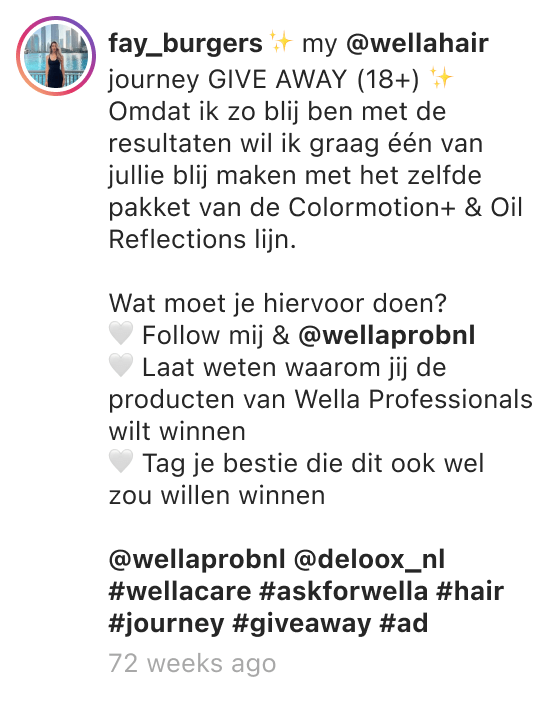
How to Optimize for Social Search
Social search is redefining how people discover content. To stay relevant in this evolving environment, brands and marketers should follow a clear set of practices designed for visibility and engagement.
1. Partner with Niche Creators
Collaborate with influencers who produce content in specialized categories. Specificity improves search ranking within platform algorithms, making content easier to find by interested audiences.
2. Use Searchable Language
Beyond hashtags, pay attention to captions, on-screen text, and voiceovers. These elements are indexed by platforms and can increase the likelihood of appearing in relevant searches.
3. Answer Common Queries
Structure content around high-intent formats like “how to,” “top 5,” or “best for…” This mirrors what users typically search for and helps position your content as a go-to answer.
4. Demonstrate the Product in Context
Prioritize formats such as tutorials, side-by-side comparisons, or real-life use cases. Showing a product in action builds clarity, credibility, and visual understanding.
5. Encourage Audience Interaction
Prompt comments, respond to feedback, and invite shares and saves. Engagement signals like these are core to algorithmic visibility and long-term content discoverability.
Why This Matters for the Future of Discovery
Social search is gaining traction faster than expected and it’s reflected in the newest product updates across major platforms:
- TikTok now displays related search suggestions beneath every video.
- Pinterest surfaces shoppable results directly within visual search queries.
- YouTube Shorts highlights creator profiles in search previews to encourage deeper discovery.
- Keyword search has expanded beyond hashtags to include captions, spoken words, and audio recognition across platforms.
Search is becoming smarter. And more social by design.
For brands and companies, the clearest path to visibility is through high-performing influencer content designed to answer real questions, resonate with real audiences, and rank in real time.
Final Thoughts
Social media is no longer just where we consume, it’s where we search.
In this environment, influencer content is more about being seen at the right time, with the right message, by the right audience. Brands that focus on discoverable, search-friendly content through influencers are the ones getting found, and getting chosen.
📩 Want your brand to show up in social search?
👉🏻 Let’s build creator-driven discovery together!
indaHash is a global influencer marketing platform and full-service agency helping brands connect with trusted creators. Follow us on LinkedIn, and X for more insights.
* Sources:
1. https://www.gwi.com/blog/social-media-statistics
2. https://www.adobe.com/express/learn/blog/using-tiktok-as-a-search-engine


